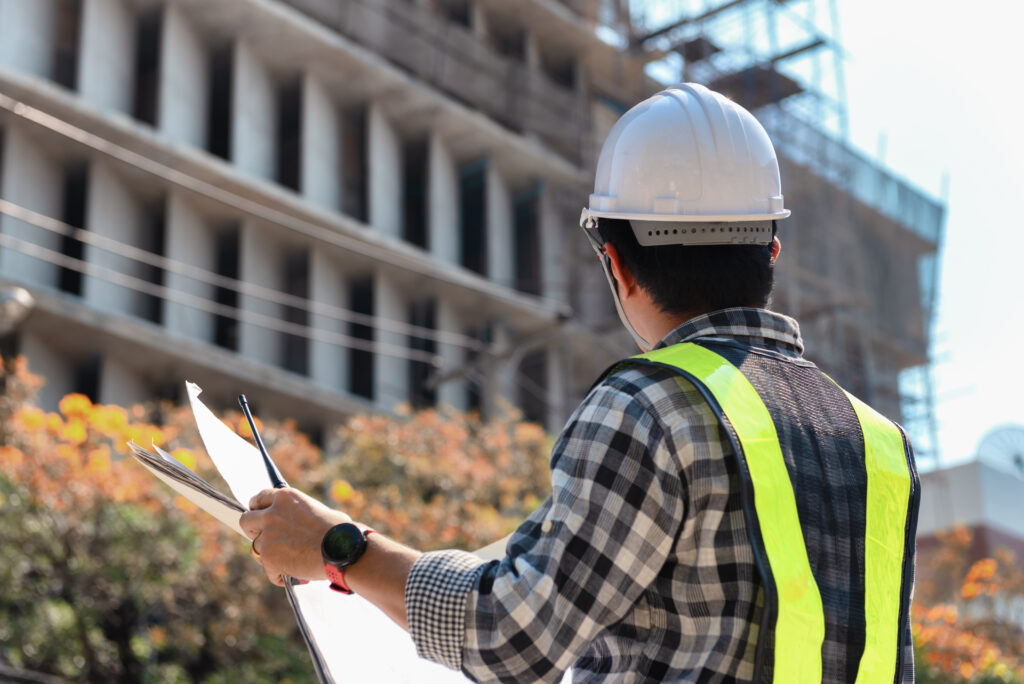
Commercial renovation project types vary based on several factors, such as the type of building and the intended purpose. Unlike residential construction, a renovation project will fall into one of several common categories, each with unique requirements. Understanding where your renovation is categorized can help you choose the right commercial contractor.
This blog will explain the most common types of commercial renovation projects and updates you can expect.
Restaurants and Food Service
There are many classifications and styles of restaurants. Each falls into its unique category, whether or not they are a franchise or independently owned. Selecting a commercial contractor experienced in your type of restaurant can help the renovation process run smoother. Their experience can bring great value to your renovation needs. What are common renovations in the restaurant industry? Below is a list broken down by front and back of the house.
Front of the house:
- Updated decor and lighting
- Increased square footage, including outdoor seating
- Updated restrooms
Back of the house:
- Updated equipment, which may need new or expanded layout configurations
- Additional or HVAC for equipment to accommodate growth
- Additional storage rooms
Retail
The retail industry is highly competitive. A successful storefront is crucial to a company’s success. Retailers remain competitive by frequently updating their stores to grow with a changing market and customer needs. This could involve updating interior design elements, rearranging product displays, or incorporating new technology for a seamless shopping experience. Renovations can help attract foot traffic, boost sales, and strengthen brand identity.
Office
After a boom in remote work, companies are heading back to the office. Whether an office is fully in-person or adapts a hybrid model, their need for updated working spaces remains high. There are many reasons for office renovations besides accommodating growth. Many companies want to incorporate open-concept seating, breakout rooms, common lounging spaces, and a more functional and sustainable space.
Additionally, the office typically serves as an IT operations and management hub. This means you must plan for rooms that host servers and computer equipment. In addition to utilities, networking lines must run from one space to another to provide dependable, high-speed communications between computers, phones, and other connected devices.
Shopping Malls
Shopping malls remain a go-to for many consumers. Mall owners not only have to compete against online retailers but they also need to stay competitive in their market. Shopping mall renovations can provide many benefits, such as planning for future growth, becoming more sustainable, modeling to attract new business and public interest, and adaptive floor plans. Additional renovations include creating inviting common areas, introducing experiential retail concepts, or repurposing vacant anchor stores for alternative uses such as entertainment venues (movie theaters) or coworking spaces.
Medical Facility
Hospitals, clinics, and medical offices undergo renovations to improve patient care, enhance operational efficiency, and comply with regulatory standards. Many medical facilities add new or renovate outdated wings and research centers to expand their service offerings. New medical equipment may require more space, additional electrical and HVAC, oxygen supply lines, or other needs to operate successfully. Other common medical facility renovations include HVAC, electrical, communication systems, fire protection, and sanitation lines.
Hospitality
Hotels, resorts, hostels, and other types of commercial lodging undergo frequent renovations to keep up with evolving trends and guest expectations. These renovations are similar to residential renovations but on a larger scale. Decor, lighting, and flooring are updated regularly to improve the ambiance and visual experience. Older hotels renovate to incorporate a more user-friendly experience, including technology throughout many touchpoints. More common renovations include:
- Updating common spaces to include restaurants and other dining options.
- Improving pool and fitness areas.
- Entertainment spaces.
Educational Institutions
Schools and universities undertake renovations to create modern learning environments that foster collaboration, innovation, and student engagement. Renovations may include:
- Upgrading classrooms.
- Expanding facilities.
- Adding common areas and dining halls.
- Retrofitting buildings to meet sustainability goals.
Student housing faces the most renovations to accommodate 24/7 use. Updates to room aesthetics, common areas, and HVAC are crucial to keeping students safe and comfortable. Modernization renovations to add more connectivity to WiFi, tech, and mass communication help improve the student and faculty experience and are more common as tech advances.
Mixed Use
Mixed-use developments are becoming increasingly popular in cities and suburbs as they combine residential, commercial, and recreational spaces. Existing buildings can be renovated to accommodate mixed-use purposes, helping maximize land use efficiency and creating vibrant communities. Specific renovation needs depend on the final use of the building. For example, a large warehouse may be converted to loft-style apartments with a first-floor restaurant or workspace. Renovations may include adding many interior walls, separate plumbing, electrical, and HVAC, as well as specific needs for the restaurant.
Commercial renovation projects include projects that are designed to improve functionality, aesthetics, and sustainability. From re-imagining retail spaces to draw in new customers and renovating historic landmarks to modernizing office buildings, commercial renovation projects play an essential role in shaping our built environment and responding to changing business and community demands. Commercial renovations add life and vibrancy to our urban spaces by revitalizing existing buildings.
Need a specialized commercial contractor for your remodel? contact Division 9 Commercial Construction.
